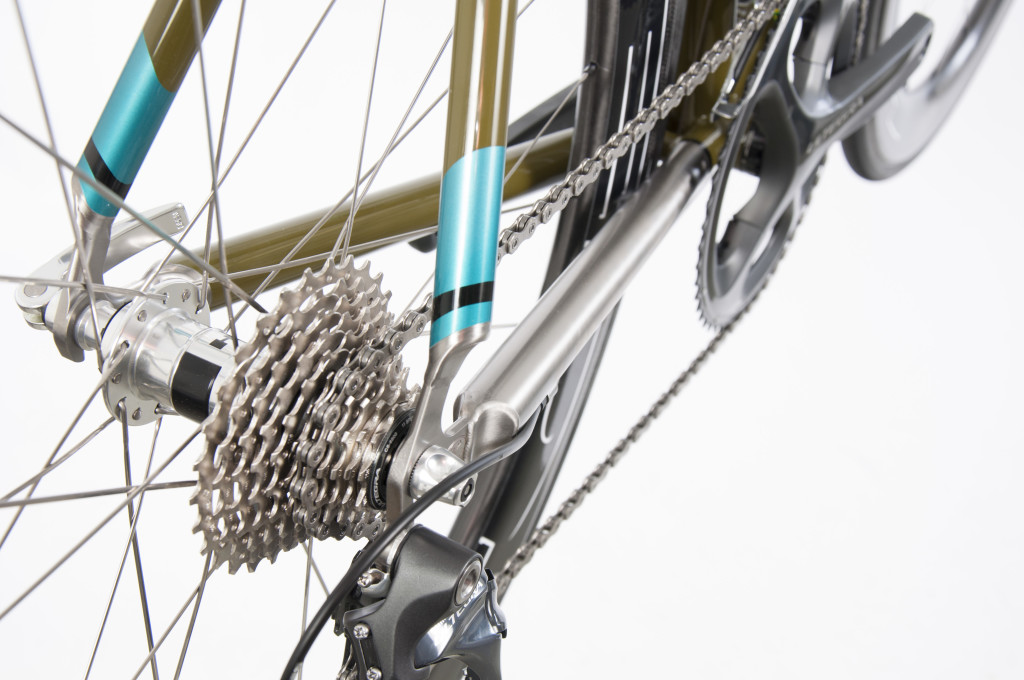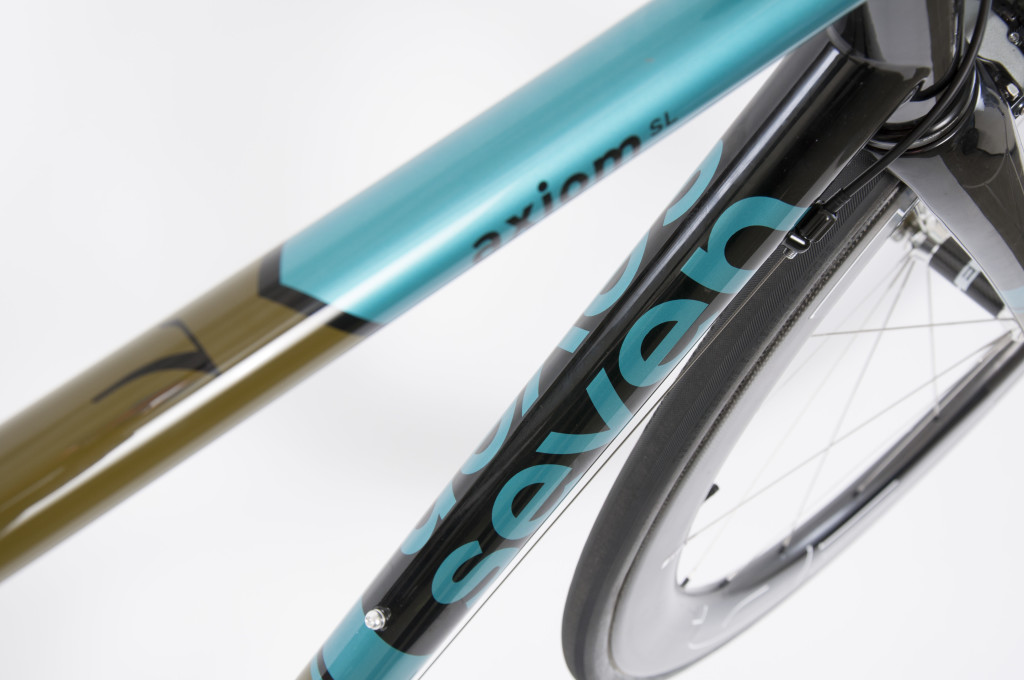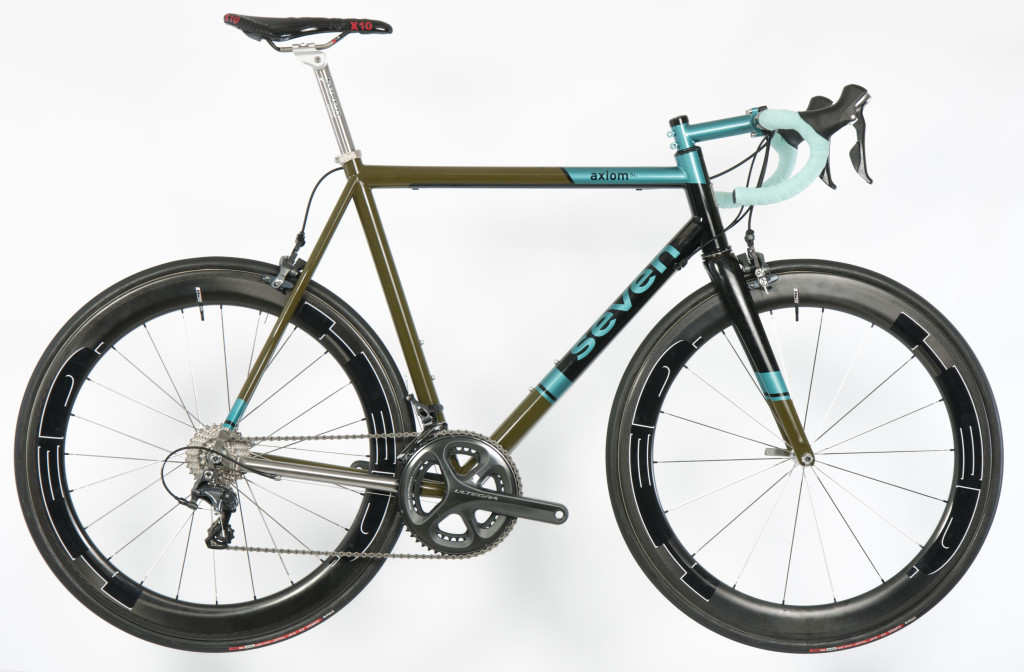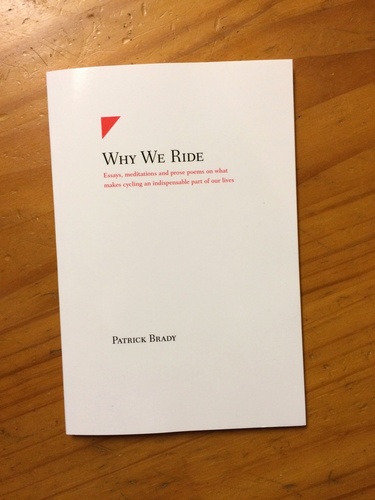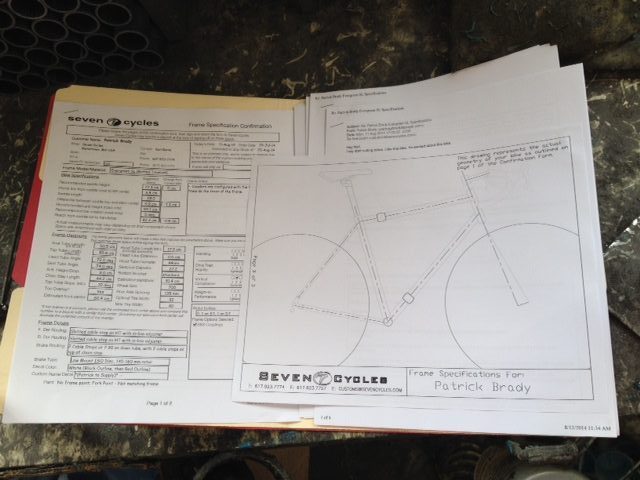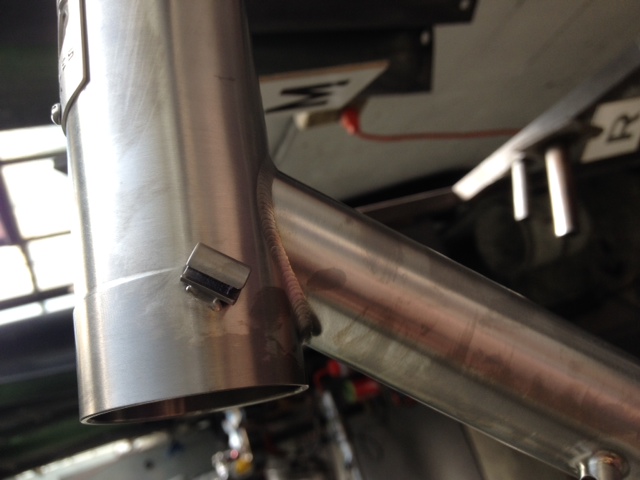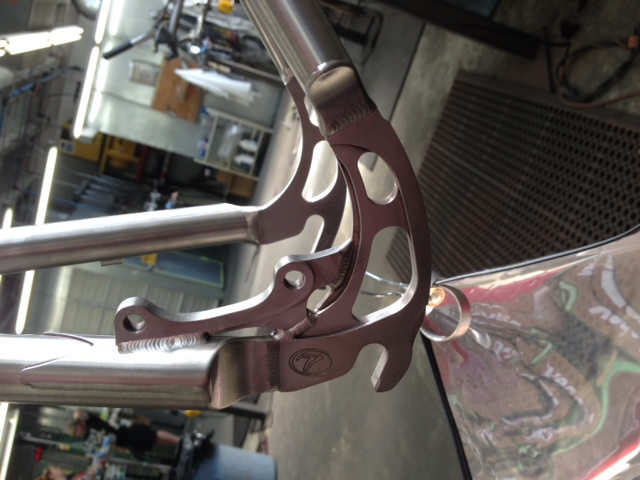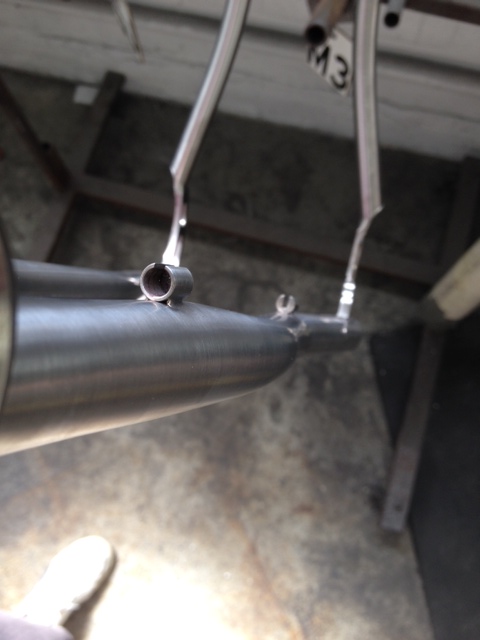The level of customization here at Seven Cycles as witnessed by our Editions of One, as well as other unique creations we’ve highlighted, can sometimes overshadow the fact that we also spend a lot of time thinking about, designing and building race bikes.
Early on here at Seven, I decided I wanted a new race bike and after much deliberation on model and material, I decided on an Axiom SL, our benchmark model and in my opinion, the ultimate evolution of the titanium road bike.
With the help of Neil Doshi in our Performance Design Team, I worked through our Custom Kit exactly as you would, in order to come up with what you see here. Seven’s Fit Methodology (SFM), a comprehensive, data-driven system resulting from a 18-year study of ergonomics, biomechanics and kinesiology, drove the process that resulted in positionals and frame geometry perfect for me. The bike is not all that different in terms of fit from the bikes I have been riding and racing for years, but the small tweaks resulting from the process are a noticeable and quantifiable improvement.
The oversized tubing selected for this bike allows it to easily achieve the UCI minimum weight of 6.8kg. In fact it is lighter than both my previous carbon and aluminum bikes. As one would expect from a bike with such massive tubes, it has an amazing amount of drivetrain and torsional rigidity, tracks solidly over mixed terrain and unimproved roads and is abundantly confident during spirited efforts, changes in tempo and hard cornering.
The paint scheme is a peak at one of the many new finishing offerings our team is working on for the coming season. To my eye it appears forceful, yet refined and elegant. I let our own Jordan Low from our Paint Department choose the colors and could not be happier with the results.
Our oft repeated motto here at Seven is, “One bike, yours.†I could not be happier that this one is mine.
